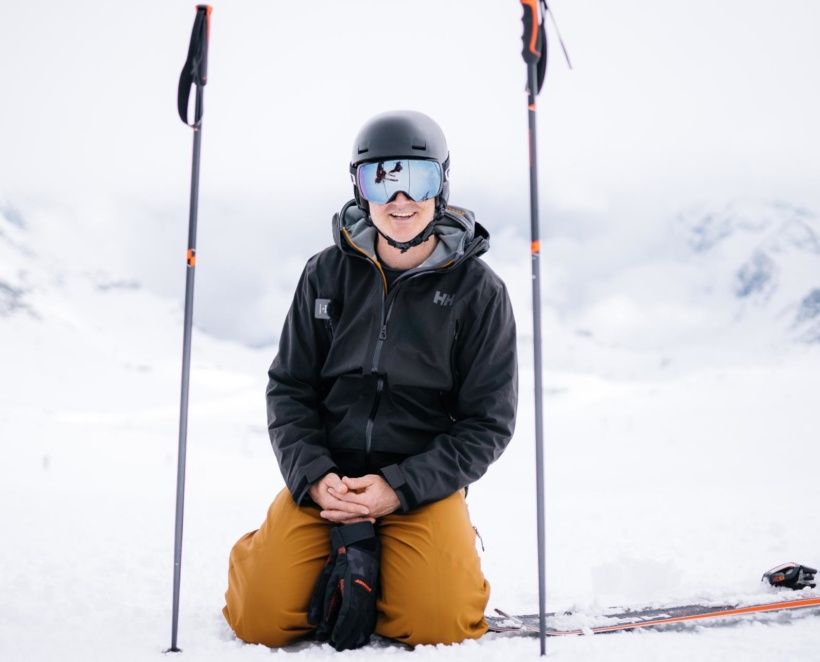
Votes:
As we approach the winter, we wanted to showcase our community of skiers - and give you a sense of how different members use Carv.
Who better to start with than Ulli Herbers, a highly qualified ski instructor based in Zermatt, who has been teaching for over 20 years, and using Carv for the last 3 years in his lessons and for his own improvement?
Ulli has pioneered the use of Carv in a ski school setting, but many of his approaches will work for any level of skier, with or without an instructor. Sometimes just a new way of looking at things, and a tactical use of data can help change your skiing forever.
Over to you Ulli.
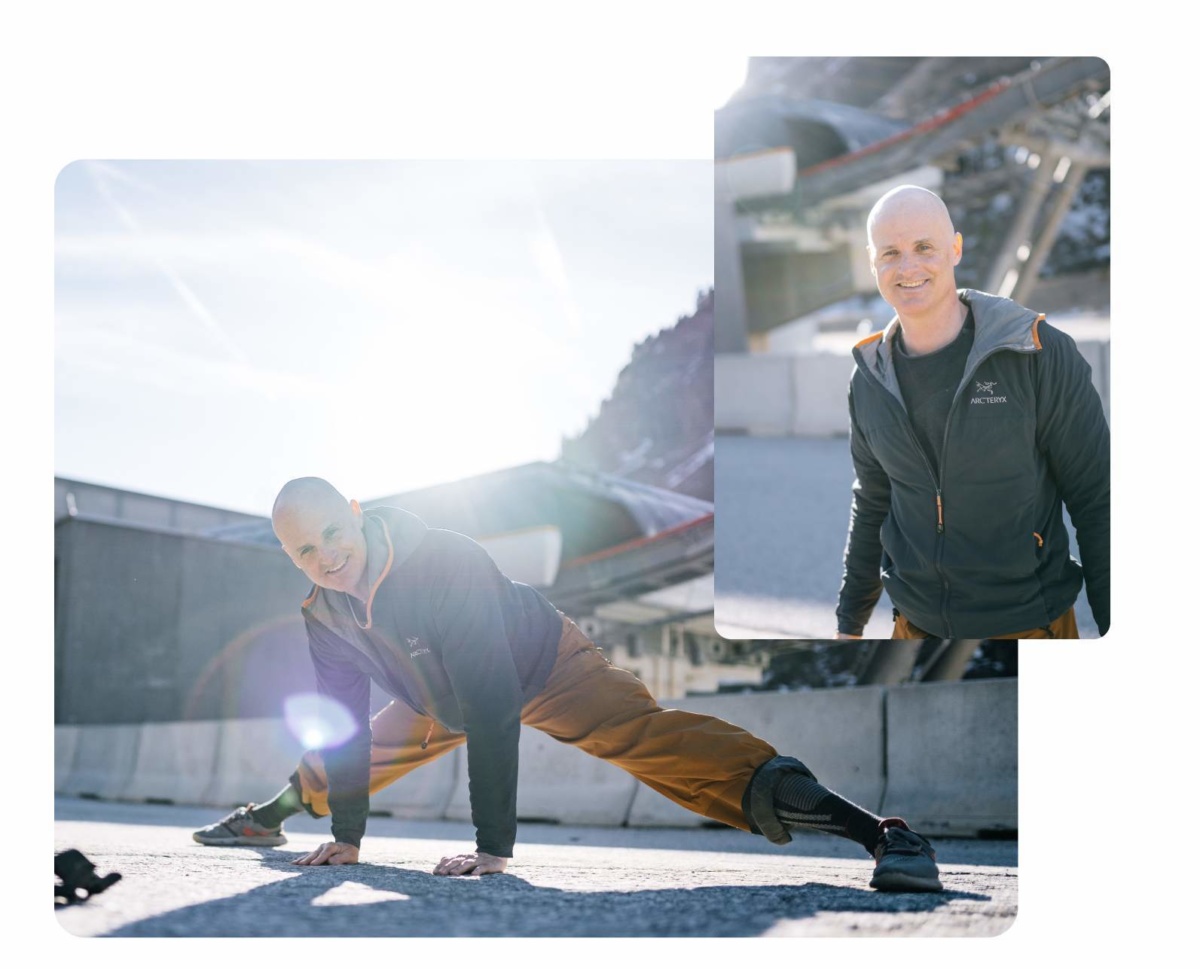
Introducing Ulli - his partner is a yoga instructor, so warming up is not something to be taken lightly.
What is your goal as a skier?
For me, the most important thing in skiing is to be adaptable. Great skiers can adapt to any terrain, ski in control and keep their flow as they move through different kinds of terrain.
That’s the exciting part of skiing for me and it’s something I really aspire to when I’m working on my own skiing. It’s important to have a good solution for the things you’ll come across in the day - but it’s so satisfying to move through terrain fluidly sometimes at the limit but always in control.
How are you using data in your skiing?
Carv is really helpful at giving you direction - where can you improve your technique? What is going wrong in your skiing? But also as a motivating confirmation that your training is having a positive impact.
That instant feedback shows you what’s happening when you make a turn. The metrics help you to identify which parts of your performance are working for you - and which are maybe working against you or holding you back. And this is true if you’re an expert or an intermediate. The same data can help both - and does help both kinds of clients.
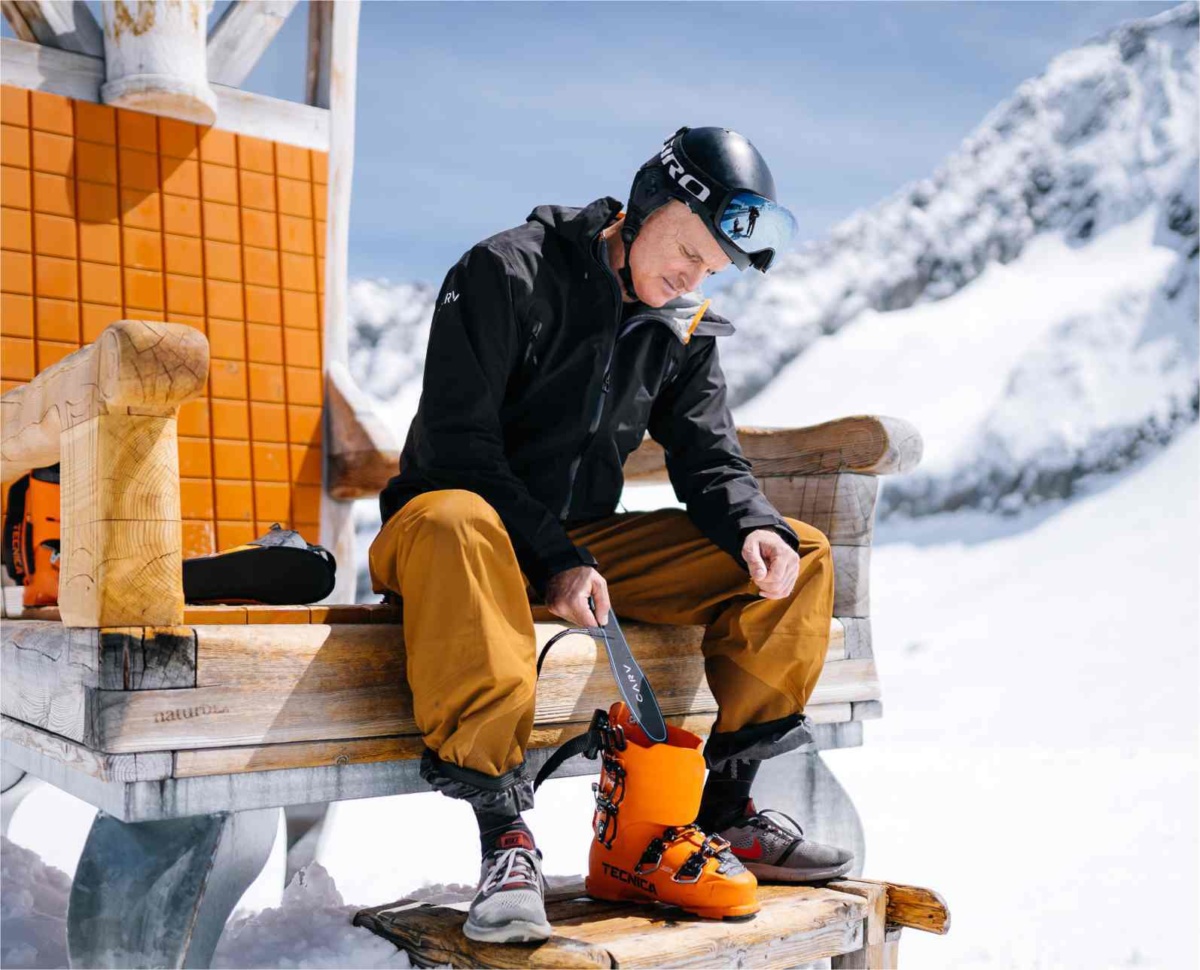
Ulli has been an advocate of Carv as a teaching tool and a personal performance system for a few years.
Even as an instructor, Carv really made me rethink a few things in my skiing. I was taught things in the same way for a long time. For example, Carv helped me work out how much edge and pressure to use in different situations. I could play with my technique and start to evolve my skiing more easily. Recently I’ve also been working on edge similarity and edge angle.
How are you using data with your clients - can you give a specific example?
My own learning and teaching style is quite objective, I like to use Carv because it really takes out room for interpretation. Either a metric score is high or it’s not. Having this objective view can help speed up communication and learning with my clients.
Ski:IQ likes high edge angles (right now at least) - but this is what most of my clients also want to achieve so that makes Carv a really powerful tool. Getting to a high edge angle isn’t just a case of tipping your skis and going for it. It requires a really good understanding of so many parts of your technique.
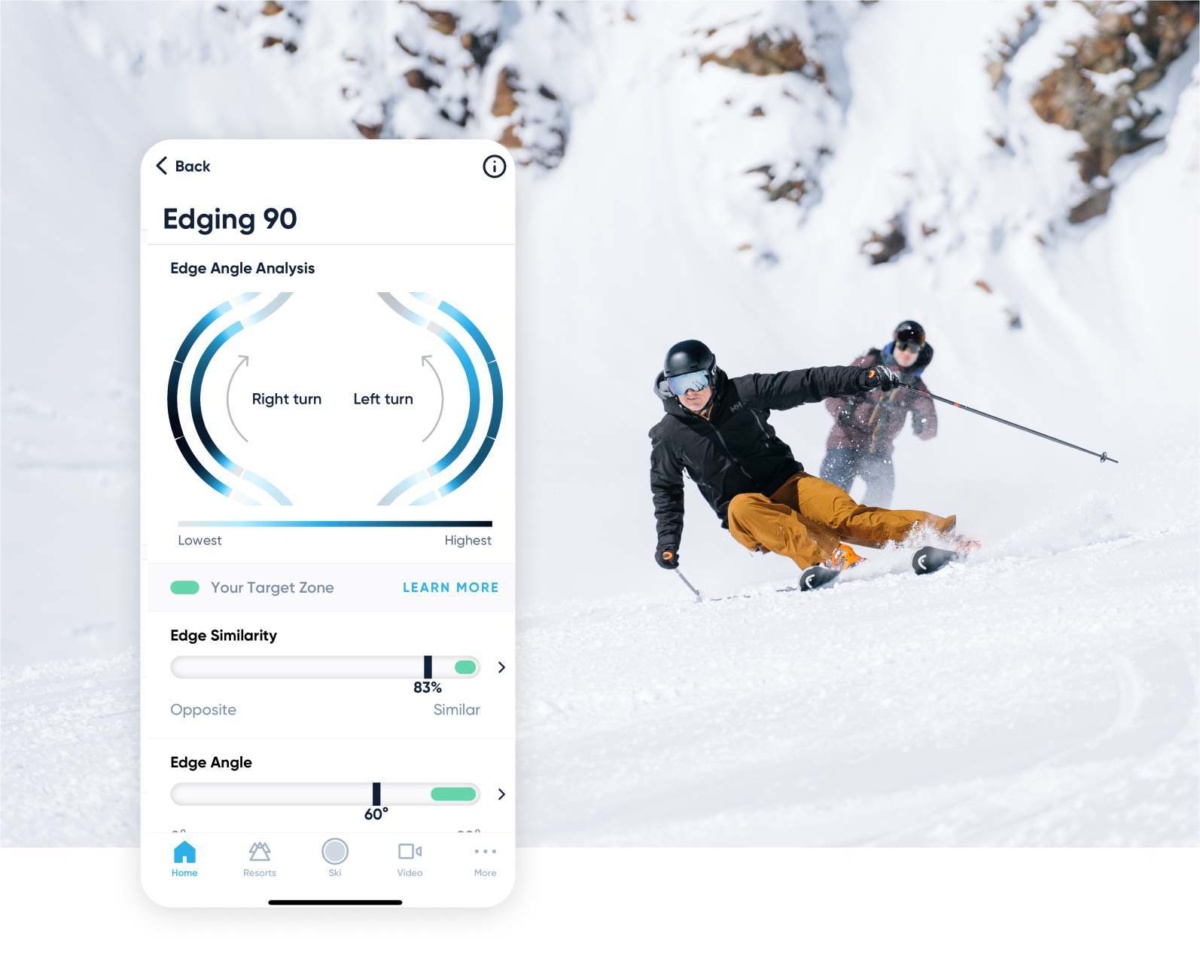
Carv is a way for them to get fast feedback as they try new things in my lesson. I wanted to work with Carv in the first place so I could get this type of data for my clients - because I saw the potential. I’ve taught with Carv for 3 years and I have seen how much it really helps people to work out what’s actually going on.
Carv even makes me rethink how things can work in my lessons - as a coach. I can create more value for my clients by working out which of my approaches are making an impact on teaching a specific skill, which helps me level up my own game.
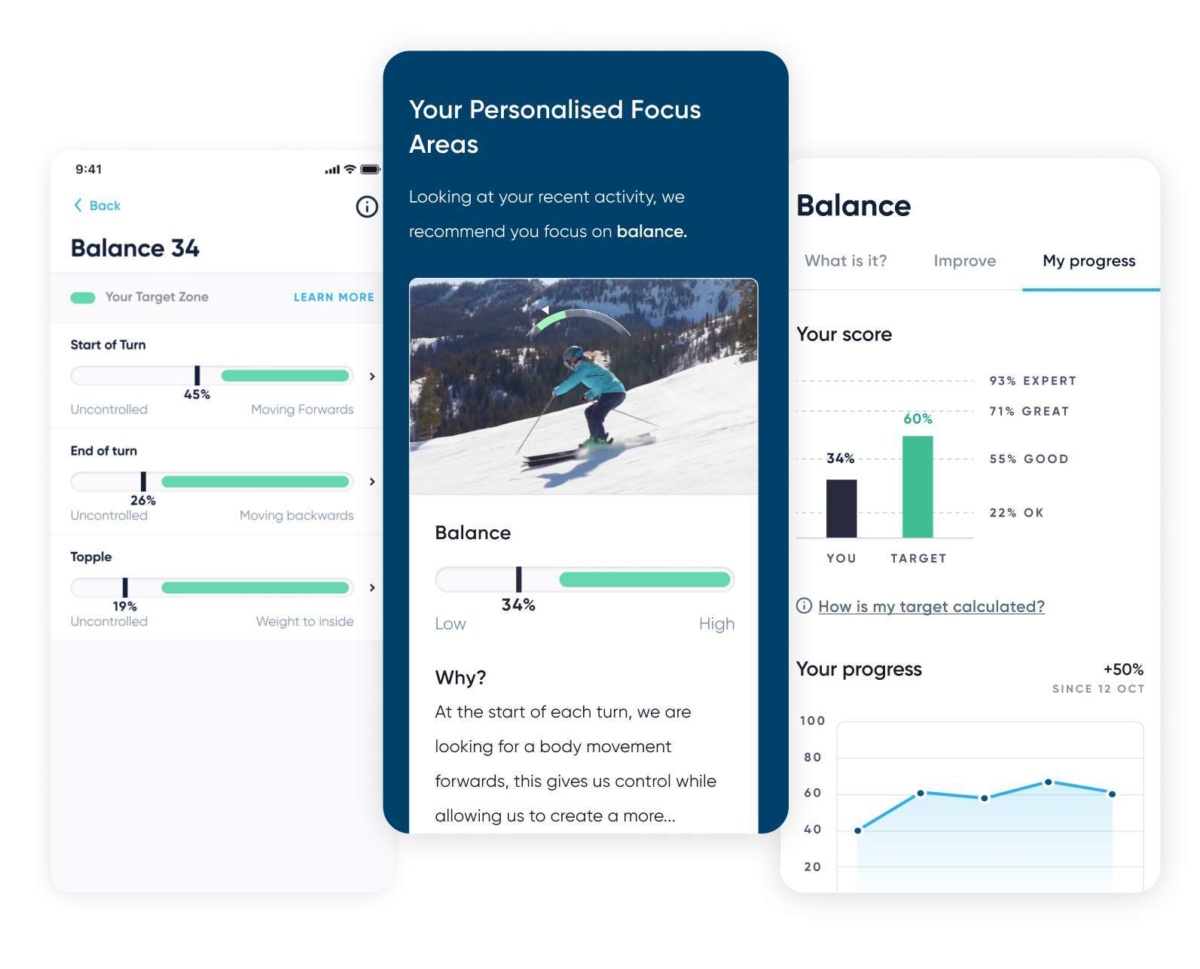
Carv's focus area feature
Ulli Herbers
For the first time you can really measure skiing
What’s the most important metric?
There is not one important metric, all the metrics are important!
Sometimes you’ll score really well for metrics in certain areas, and you might be weak in others. Everyone is going to be different.
But the important thing is building versatility. A good skier will be good - but only in certain conditions, or perhaps when they’re skiing in a certain way they are comfortable with.
Only a great skier can adapt to all kinds of terrain and still be effective, making dynamic, high performance turns. This is the true skill of great skiing.
However, if you pushed me to answer, my favorite metrics to use are the edging ones, and in particular, edge angle.
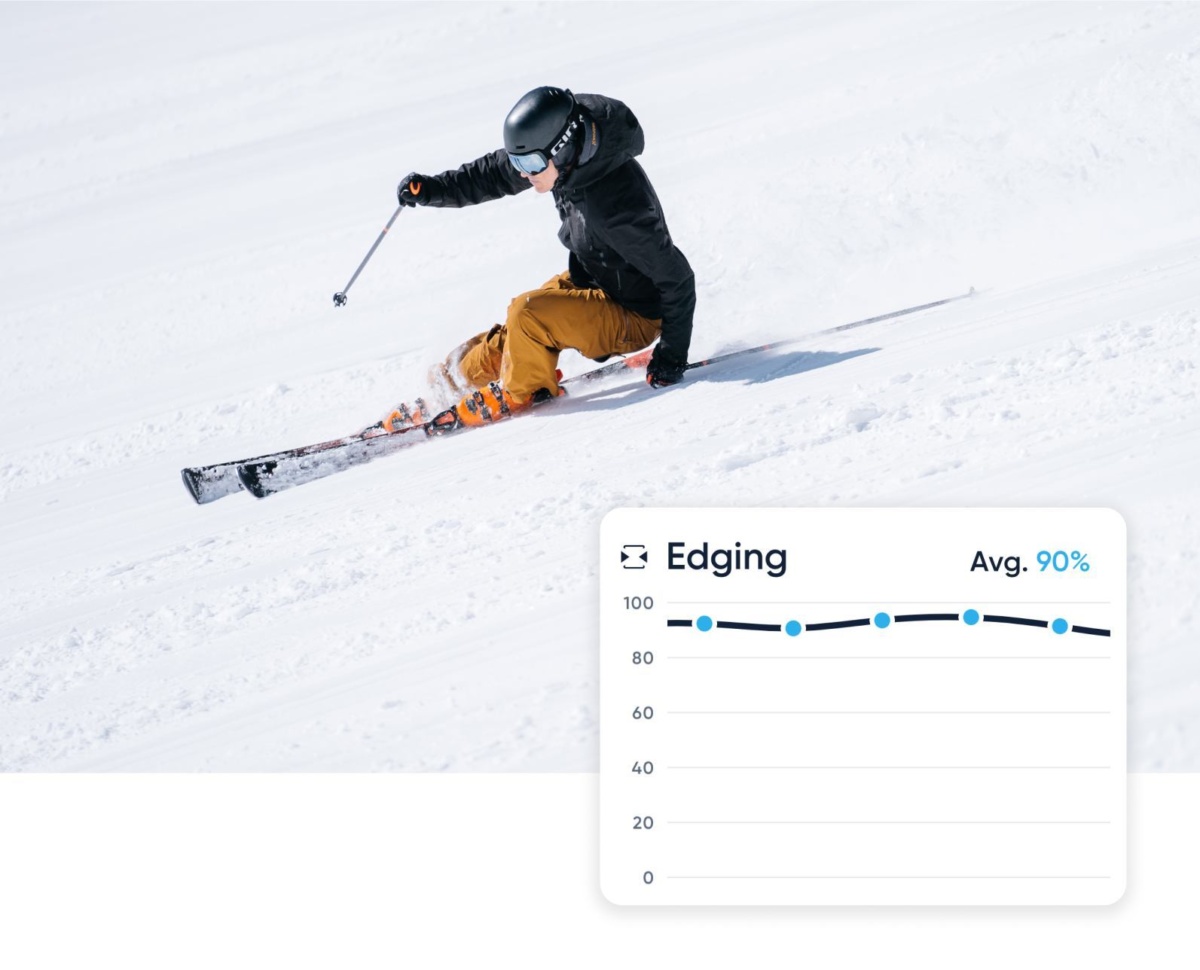
I love to create those centrifugal forces when I ski - that’s what makes it exciting. I love the dynamic movement - carving really well on steeps is such an exciting way to ski. You can also create this feeling in so many parts of the mountain though.
Is there a favorite mode for you?
For me, it's monitor mode. It’s not something many people have used much though. I love it because it’s so objective and there is hardly any more effective feedback than having the actual edge angle announced with every turn, so that I can immediately adjust my movements accordingly.
What is Monitor Mode?
Monitor Mode reads out your metric score on every turn in your headphones. It’s an instant feedback to a certain part of your technique. You can choose the metric you want to target and experiment. Within a few runs you can learn how to score well and improve a given skill area. A high % indicates you’ve perfected that technique.

I sometimes use fore:aft as a monitor, but it’s looking at the whole turn - and balance is quite a dynamic movement, so I only use that one in certain cases. It’s great for awareness - and shows you that you can make a difference.
If I’m skiing with a client I sometimes even take one headphone for myself and one for my clients. We talk about what it felt like, and I get them to try and do certain things.
For example, start by skiing a pitch with your weight too far back, then keep going but now ski with a neutral balance over your bindings, and then skiing too far forward. Hear the Carv monitor score rise. It really helps to learn what feeling you should be going for - and Carv helps to dial that in much faster.
I don’t use the training modes personally. I’d rather get the objective data from Free Ski or Monitor Modes and work out what to do with it. I think it's so powerful to use those scores to regularly check in on technique.
Even in my own skiing, I like to use monitors on easy groomers when I’m just focussing on my carving technique. It’s a way for me to check in on where I’m at. It’s like a backup - a check-in. I can work on my hip angulation and dial it in while using the monitor to hear how my ski responds.
How has it been coaching with Carv?
Firstly, my clients respond really well - which is why I’m a huge fan of Carv. It’s a powerful tool to help them adjust - and it gives me another tool to work with. I can talk about their data on the chairlift and give them exercises to try alongside a monitor.
I’ll always start with Fore:aft as a focus area. It’s such a common pain point for skiers in their technique. A lot of people struggle with it - at many different ability levels. I see this even at the expert level - racers and people who can already ski really well.
Are you skiing in Zermatt this season and want a Carv lesson? Drop Ulli a message.
We’ve even booked some of our Carv team lessons with him as he is so knowledgable about how to get the most from Carv in a lesson format.
Reach him: here
